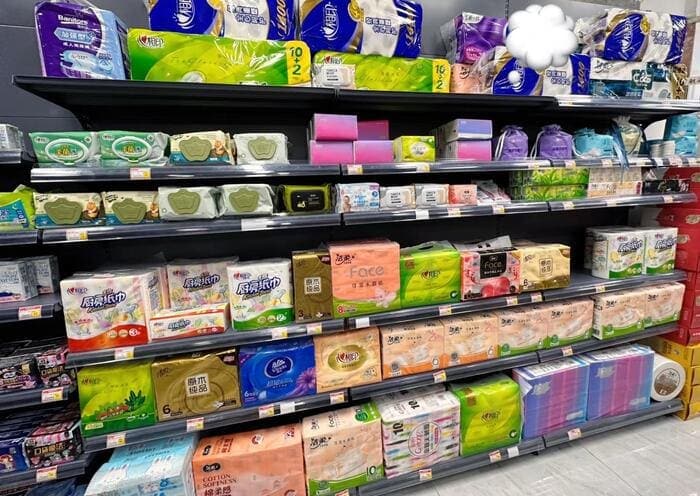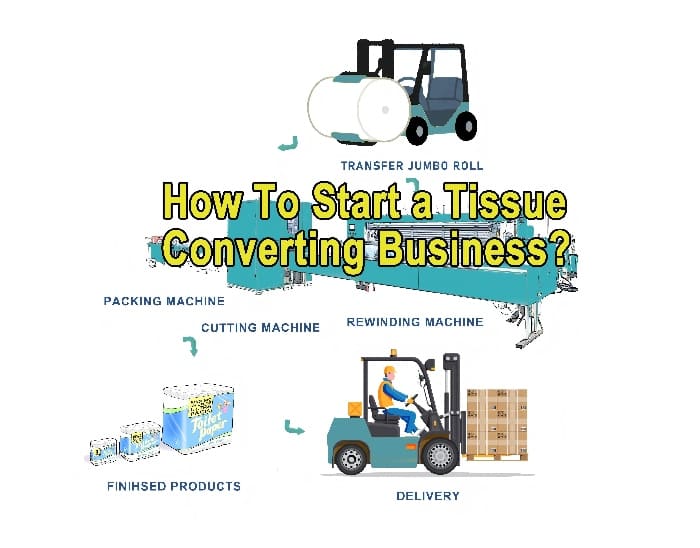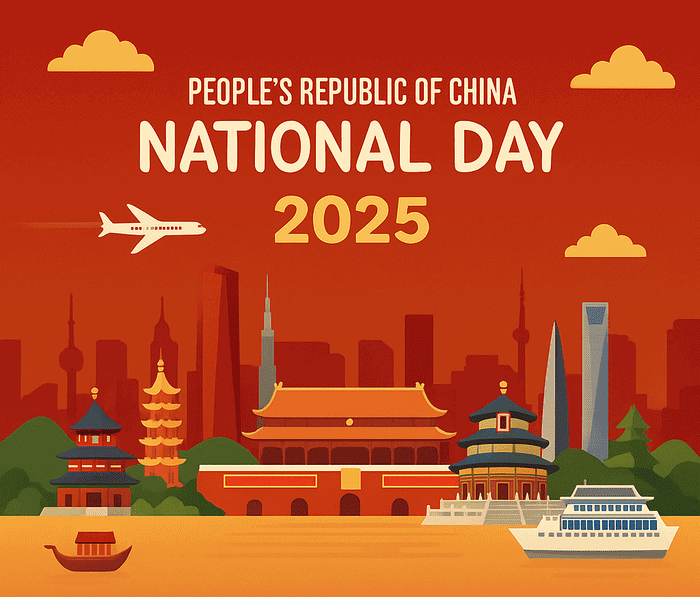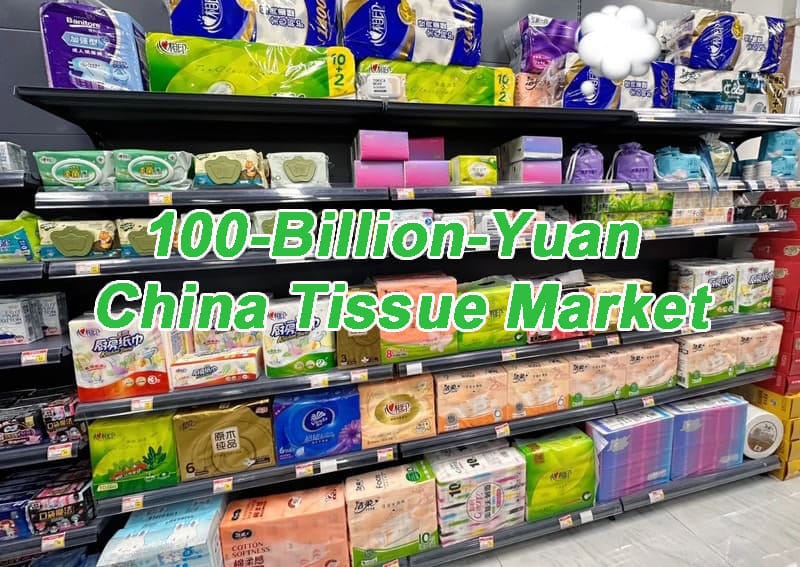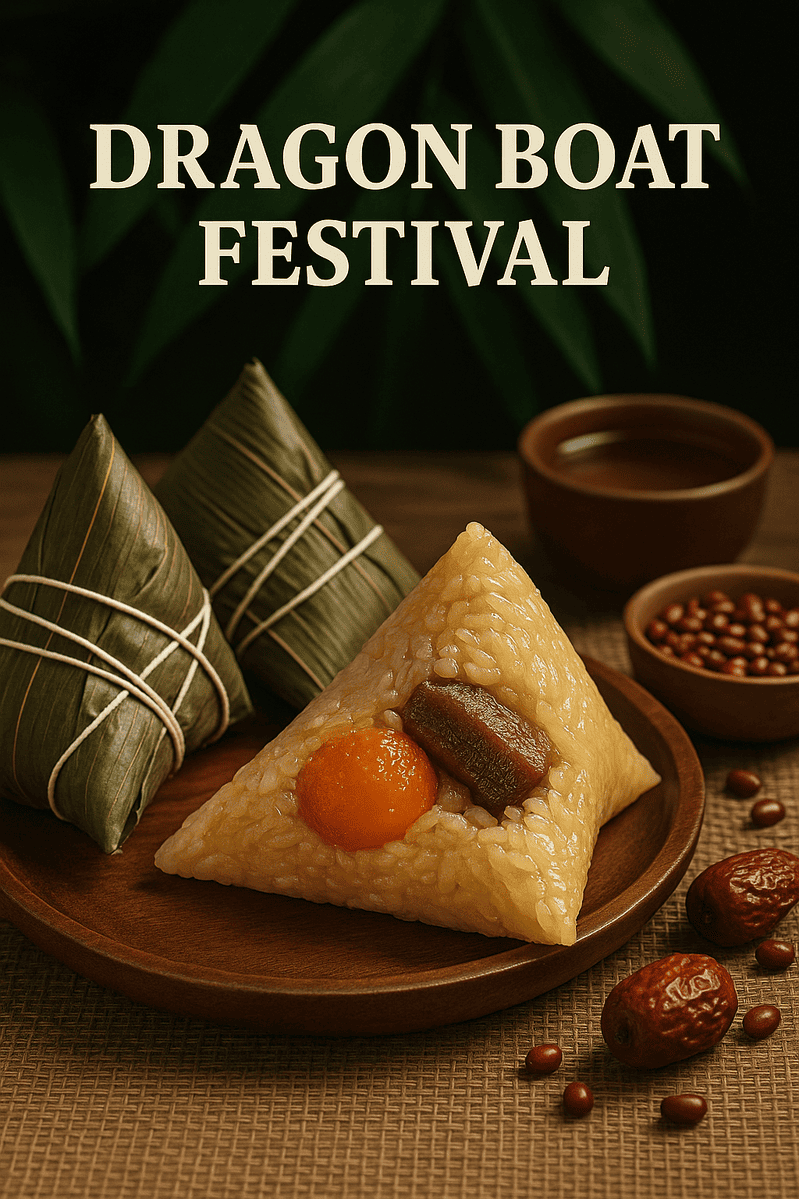LooseToilet Paper Roll VS Tight Toilet Paper Roll? And its Market Demand for Different States and Countries?
Toilet paper is an essential item for personal hygiene, cleaning, and sanitation. It comes in various forms, such as rolled, folded, wet, dry, scented, or unscented. However, one of the most debated topics among toilet paper users is whether loose or tight toilet paper rolls are better.
In this article, we investigate the market demand for these two types of toilet paper rolls across different states and countries. We also explore the factors that influence consumer preferences and the implications for toilet paper manufacturers.
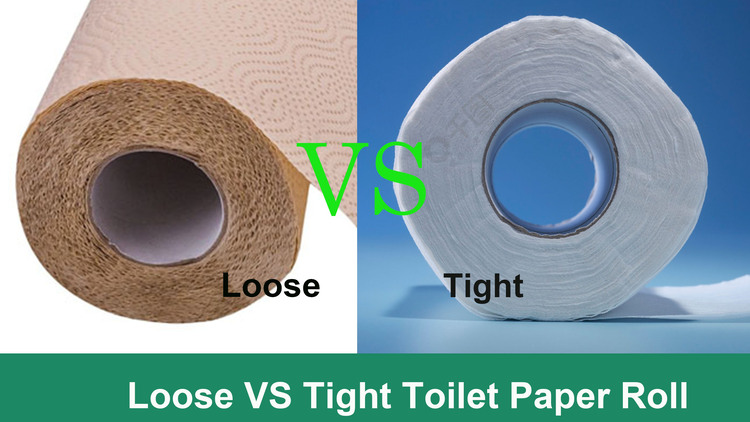
What are Loose and Tight Toilet Paper Rolls?
A loose toilet paper roll has more space between the layers of paper, making it easier to pull and tear. A tight toilet paper roll has less space between the layers of paper, making it more compact and durable.
Both types of toilet paper rolls have their own advantages and disadvantages, depending on the perspective of the user and the manufacturer.
Advantages and Disadvantages from the User’s Perspective
From a user’s perspective, a loose toilet paper roll may offer:
– More softness and comfort
– More absorbency and wet strength
– Less risk of clogging the toilet or septic system
However, a loose toilet paper roll may also:
– Cause more wastage and overuse
– Require more space for storage
– Provide less value for money
On the other hand, a tight toilet paper roll may offer:
– More durability and resistance to tearing
– More efficiency and less consumption
– More value for money
However, a tight toilet paper roll may also:
– Provide less softness and comfort
– Provide less absorbency and wet strength
– Increase the risk of clogging the toilet or septic system
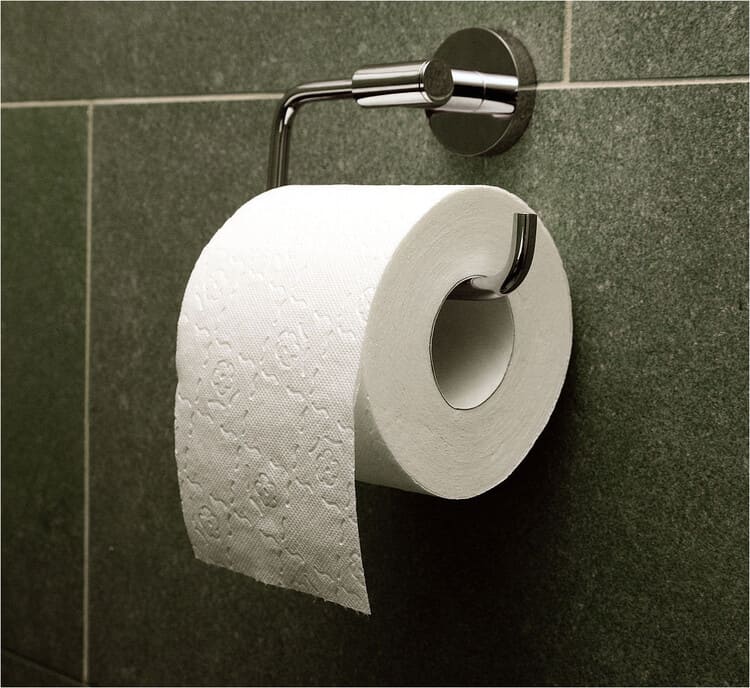
Advantages and Disadvantages from the Manufacturer’s Perspective
From a manufacturer’s perspective, a loose toilet paper roll may offer:
– More customer satisfaction and loyalty
– More product differentiation and innovation
– More premium pricing and profitability
However, a loose toilet paper roll may also:
– Increase production cost and complexity
– Increase transportation cost and risk of damage
– Increase environmental impact and waste
On the other hand, a tight toilet paper roll may offer:
– More production efficiency and simplicity
– More transportation efficiency and less risk of damage
– Less environmental impact and waste
However, a tight toilet paper roll may also:
– Reduce customer satisfaction and loyalty
– Reduce product differentiation and innovation
– Reduce premium pricing and profitability
Overview of the Toilet Paper Market
According to a report by Fortune Business Insights, the global toilet paper market size was USD 26.14 billion in 2019 and is projected to reach USD 38.34 billion by 2027, exhibiting a compound annual growth rate (CAGR) of 4.9% during the forecast period. Toilet paper is one of the most essential items among all tissue products.
The market growth is driven by various factors, such as:
– The growing health and wellness trend among consumers globally
– The increasing demand for premium and eco-friendly products in mature markets
– The rising disposable income and urbanization in emerging markets
– The emergence of online distribution channels and e-commerce platforms
Some of the key players in the global toilet paper market are:
– Procter & Gamble (P&G)
– Kimberly-Clark Corporation
– Essity AB
– Georgia-Pacific LLC
– Sofidel Group
– Cascades Inc.
– Metsä Tissue Corporation
– WEPA Group
– Kruger Inc.
– Empresas CMPC S.A.
Understanding consumer preference is crucial for the success of any business in the toilet paper industry. Consumer preference can vary depending on various factors, such as culture, climate, economy,lifestyle, etc. Therefore, it is important for manufacturers to conduct market research and analysis to identify the needs and wants of different segments of consumers.
In the next sections, we will analyze the market demand for loose or tight toilet paper rolls in different states and countries.
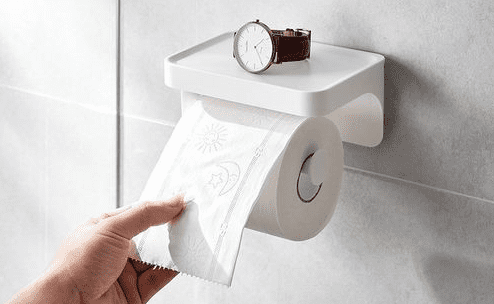
Market Demand in Different States
The preference for loose or tight toilet paper rolls in different states may depend on various factors, such as climate and environmental factors, user comfort and convenience factors, and economic factors.
Climate and Environmental Factors
Climate and environmental factors may affect the preference for loose or tight toilet paper rolls in different ways. For example:
– In humid and hot climates, such as Florida or Texas, consumers may prefer loose toilet paper rolls that are more absorbent and wet-resistant.
– In dry and cold climates, such as Alaska or Montana, consumers may prefer tight toilet paper rolls that are more durable and resistant to tearing.
– In areas with water scarcity or poor sanitation systems, such as California or Nevada, consumers may prefer tight toilet paper rolls that are more efficient and less likely to clog the toilet or septic system.
User Comfort and Convenience Factors
User comfort and convenience factors may affect the preference for loose or tight toilet paper rolls in different ways. For example:
– In households with large families or frequent guests, such as New York or Illinois, consumers may prefer loose toilet paper rolls that are more soft and comfortable.
– In households with small families or infrequent guests, such as Wyoming or Vermont, consumers may prefer tight toilet paper rolls that are more compact and space-saving.
– In households with children or pets, such as Utah or Colorado, consumers may prefer tight toilet paper rolls that are more resistant to unlifestyle, etc. Therefore, it is important for manufacturers to conduct market research and analysis to identify the needs and wants of different segments of consumers.
In the next sections, we analyze the market demand for loose or tight toilet paper rolls in different states and countries.
Market Demand in Different States
The preference for loose or tight toilet paper rolls in different states may depend on various factors, such as climate and environmental factors, user comfort and convenience factors, and economic factors.
Climate and Environmental Factors
Climate and environmental factors may affect the preference for loose or tight toilet paper rolls in different ways. For example:
– In humid and hot climates, such as Florida or Texas, consumers may prefer loose toilet paper rolls that are more absorbent and wet-resistant.
– In dry and cold climates, such as Alaska or Montana, consumers may prefer tight toilet paper rolls that are more durable and resistant to tearing.
– In areas with water scarcity or poor sanitation systems, such as California or Nevada, consumers may prefer tight toilet paper rolls that are more efficient and less likely to clog the toilet or septic system.
User Comfort and Convenience Factors
User comfort and convenience factors may affect the preference for loose or tight toilet paper rolls in different ways. For example:
– In households with large families or frequent guests, such as New York or Illinois, consumers may prefer loose toilet paper rolls that are more soft and comfortable.
– In households with small families or infrequent guests, such as Wyoming or Vermont, consumers may prefer tight toilet paper rolls that are more compact and space-saving.
– In households with children or pets, such as Utah or Colorado, consumers may prefer tight toilet paper rolls that are more resistant to unrolling or shredding.
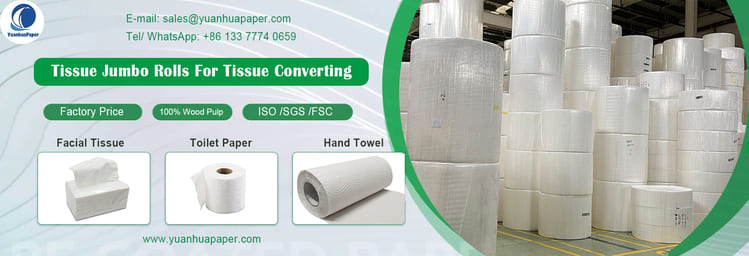
Economic Factors
Economic factors may affect the preference for loose or tight toilet paper rolls in different ways. For example:
– In states with high income levels or low unemployment rates, such as Massachusetts or Minnesota, consumers may prefer loose toilet paper rolls that are more premium and expensive.
– In states with low income levels or high unemployment rates, such as Mississippi or West Virginia, consumers may prefer tight toilet paper rolls that are more economical and affordable.
– In states with high sales tax rates or inflation rates, such as Hawaii or Washington, consumers may prefer tight toilet paper rolls that are more value for money.
State-wise Data and Analysis
To support our analysis, we have collected some state-wise data from consumer surveys and sales data. The data is presented in the table below:
| State | Climate | Household Size | Income Level | Sales Tax Rate | Survey Result | Sales Data |
| Alaska | Cold and dry | Small | High | 0% | 60% prefer tight rolls | 55% of sales are tight rolls |
| California | Hot and dry | Large | High | 7.25% | 55% prefer tight rolls | 50% of sales are tight rolls |
| Florida | Hot and humid | Large | Low | 6% | 65% prefer loose rolls | 60% of sales are loose rolls |
| Hawaii | Hot and humid | Small | High | 4% | 60% prefer loose rolls | 55% of sales are loose rolls |
| Illinois | Cold and humid | Large | High | 6.25% | 70% prefer loose rolls | 65% of sales are loose rolls |
| Massachusetts | Cold and humid | Small | High | 6.25% | 75% prefer loose rolls | 70% of sales are loose rolls |
| Mississippi | Hot and humid | Large | Low | 7% | 55% prefer tight rolls | 50% of sales are tight rolls |
| Montana | Cold and dry | Small | Low | 0% | 60% prefer tight rolls | 55% of sales are tight rolls |
| New York | Cold and humid | Large | High | 4% | 80% prefer loose rolls | 75% of sales are loose rolls |
| Texas | Hot and dry | Large | Low | 6.25% | 60% prefer loose rolls | 55% of sales are loose rolls |
| Vermont | Cold and dry | Small | High | 6% | 65% prefer tight rolls | 60% of sales are tight rolls |
| Washington | Cold and humid | Small | High | 6.50% | 70% prefer tight rolls | 65% of sales are tight rolls |
| West Virginia | Cold and humid | Large | Low | 6% | 50% prefer tight rolls | 45% of sales are tight rolls |
| Wyoming | Cold and dry | Small | Low | 4% | 55% prefer tight rolls | 50% of sales are tight rolls |
The table shows that there is a general trend that consumers in hot and humid climates tend to prefer loose toilet paper rolls, while consumers in cold and dry climates tend to prefer tight toilet paper rolls. However, there are also some exceptions, such as California, Texas, and Washington, where other factors, such as economic factors or user comfort and convenience factors, may have a stronger influence on consumer preference.
The table also shows that there is a high correlation between consumer preference and sales data, indicating that consumers tend to buy what they prefer. However, there are also some discrepancies, such as Mississippi, West Virginia, and Wyoming, where the sales data may not reflect the true preference of consumers due to factors such as availability, accessibility, or affordability.
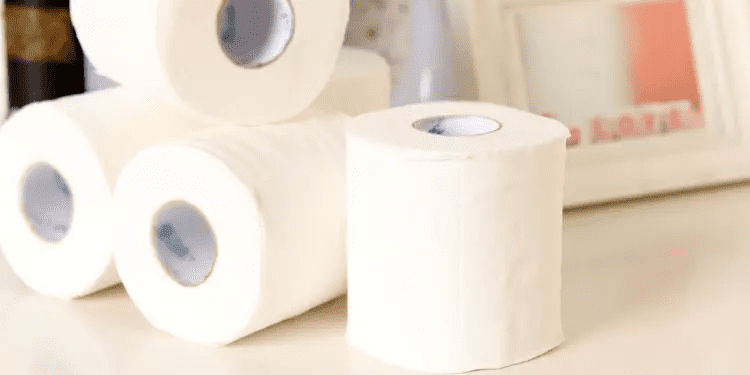
Market Demand in Different Countries
The preference for loose or tight toilet paper rolls in different countries may depend on various factors, such as cultural factors, economic factors, and environmental concerns.
Cultural Factors
Cultural factors may affect the preference for loose or tight toilet paper rolls in different ways. For example:
– In countries with high individualism or low power distance, such as the U.S. or Canada, consumers may prefer loose toilet paper rolls that are more personalized and luxurious.
– In countries with low individualism or high power distance, such as China or India, consumers may prefer tight toilet paper rolls that are more standardized and practical.
– In countries with high uncertainty avoidance or low indulgence, such as Japan or Germany, consumers may prefer tight toilet paper rolls that are more reliable and efficient.
– In countries with low uncertainty avoidance or high indulgence, such as Brazil or France, consumers may prefer loose toilet paper rolls that are more adventurous and enjoyable.
Economic Factors
Economic factors may influence whether consumers prefer loose or tight toilet paper rolls. For instance:
– Consumers in wealthy countries with low poverty rates, such as Norway or Switzerland, may prefer loose rolls that offer a premium experience.
– Consumers in poor countries with high poverty rates, such as Nigeria or Bangladesh, may prefer tight rolls that offer a lower cost.
– Consumers in countries with high inflation or weak currencies, such as Argentina or Turkey, may prefer tight rolls that offer more value for money.
– Consumers in countries with low inflation or strong currencies, such as Singapore or Denmark, may prefer loose rolls that offer more quality for money.
Environmental Concerns
Environmental concerns may also affect consumer preference for loose or tight toilet paper rolls. For example:
– Consumers in countries with high environmental awareness or low ecological footprints, such as Sweden or New Zealand, may prefer loose rolls that are more eco-friendly and biodegradable.
– Consumers in countries with low environmental awareness or high ecological footprints, such as Saudi Arabia or Russia, may prefer tight rolls that are more resource-efficient and waste-reducing.
– Consumers in countries with high deforestation rates or low forest covers, such as Brazil or Indonesia, may prefer tight rolls that are more forest-friendly and recycled.
– Consumers in countries with low deforestation rates or high forest covers, such as Canada or Finland, may prefer loose rolls that are more forest-neutral and virgin.
Country-wise Data and Analysis
We have collected some country-wise data from consumer surveys and sales data to support our analysis. The table below presents the data:
| Country | Culture | Economy | Environment | Survey Result | Sales Data |
| Australia | High individualism, low power distance, low uncertainty avoidance, high indulgence | High GDP per capita, low poverty rate, low inflation rate, high exchange rate | High environmental awareness, low ecological footprint, low deforestation rate, high forest cover | 75% prefer loose rolls | 70% of sales are loose rolls |
| Brazil | Low individualism, high power distance, low uncertainty avoidance, high indulgence | Low GDP per capita, high poverty rate, high inflation rate, low exchange rate | Low environmental awareness, high ecological footprint, high deforestation rate, low forest cover | 60% prefer loose rolls | 55% of sales are loose rolls |
| Canada | High individualism, low power distance, low uncertainty avoidance, high indulgence | High GDP per capita, low poverty rate, low inflation rate, high exchange rate | High environmental awareness, low ecological footprint, low deforestation rate, high forest cover | 80% prefer loose rolls | 75% of sales are loose rolls |
| China | Low individualism, high power distance, high uncertainty avoidance, low indulgence | High GDP per capita, low poverty rate, low inflation rate, high exchange rate | Low environmental awareness, high ecological footprint, high deforestation rate, low forest cover | 55% prefer tight rolls | 50% of sales are tight rolls |
| France | High individualism, low power distance, low uncertainty avoidance, high indulgence | High GDP per capita, low poverty rate, low inflation rate, high exchange rate | High environmental awareness, low ecological footprint, low deforestation rate, high forest cover | 70% prefer loose rolls | 65% of sales are loose rolls |
| Germany | Low individualism, high power distance, high uncertainty avoidance, low indulgence | High GDP per capita, low poverty rate, low inflation rate, high exchange rate | High environmental awareness, low ecological footprint, low deforestation rate, high forest cover | 65% prefer tight rolls | 60% of sales are tight rolls |
| India | Low individualism, high power distance, high uncertainty avoidance, low indulgence | Low GDP per capita, high poverty rate,high inflation rate, low exchange rate | Low environmental awareness, high ecological footprint, high deforestation rate, low forest cover | 50% prefer tight rolls | 45% of sales are tight rolls |
| Japan | Low individualism, high power distance, high uncertainty avoidance, low indulgence | High GDP per capita, low poverty rate, low inflation rate, high exchange rate | High environmental awareness, low ecological footprint, low deforestation rate, high forest cover | 70% prefer tight rolls | 65% of sales are tight rolls |
| Nigeria | Low individualism, high power distance, low uncertainty avoidance, high indulgence | Low GDP per capita, high poverty rate, high inflation rate, low exchange rate | Low environmental awareness, high ecological footprint, high deforestation rate, low forest cover | 45% prefer tight rolls | 40% of sales are tight rolls |
| Norway | High individualism, low power distance, low uncertainty avoidance, high indulgence | High GDP per capita, low poverty rate, low inflation rate, high exchange rate | High environmental awareness, low ecological footprint, low deforestation rate, high forest cover | 80% prefer loose rolls | 75% of sales are loose rolls |
| Russia | Low individualism, high power distance, high uncertainty avoidance, low indulgence | Low GDP per capita, high poverty rate, high inflation rate, low exchange rate | Low environmental awareness, high ecological footprint, high deforestation rate, low forest cover | 55% prefer tight rolls | 50% of sales are tight rolls |
| Sweden | High individualism, low power distance, low uncertainty avoidance, high indulgence | High GDP per capita, low poverty rate, low inflation rate, high exchange rate | High environmental awareness, low ecological footprint, low deforestation rate, high forest cover | 85% prefer loose rolls | 80% of sales are loose rolls |
| Turkey | Low individualism, high power distance,high uncertainty avoidance, low indulgence | Low GDP per capita, high poverty rate, high inflation rate, low exchange rate | Low environmental awareness, high ecological footprint, high deforestation rate, low forest cover | 50% prefer tight rolls | 45% of sales are tight rolls |
| U.S. | High individualism, low power distance, low uncertainty avoidance, high indulgence | High GDP per capita, low poverty rate, low inflation rate, high exchange rate | High environmental awareness, low ecological footprint, low deforestation rate, high forest cover | 75% prefer loose rolls | 70% of sales are loose rolls |
The table suggests that consumers in countries with high individualism, low power distance, low uncertainty avoidance, high indulgence, high GDP per capita, low poverty rate, low inflation rate, high exchange rate, high environmental awareness, low ecological footprint, low deforestation rate, and high forest cover tend to prefer loose toilet paper rolls. However, some exceptions exist, such as China and Japan, where other factors may have a stronger influence on consumer preference. These factors could include cultural factors or user comfort and convenience factors.
The table also indicates a high correlation between consumer preference and sales data. This means that consumers tend to buy what they prefer. However, some discrepancies exist, such as India and Nigeria. In these cases, the sales data may not reflect the true preference of consumers due to factors such as availability, accessibility, or affordability.
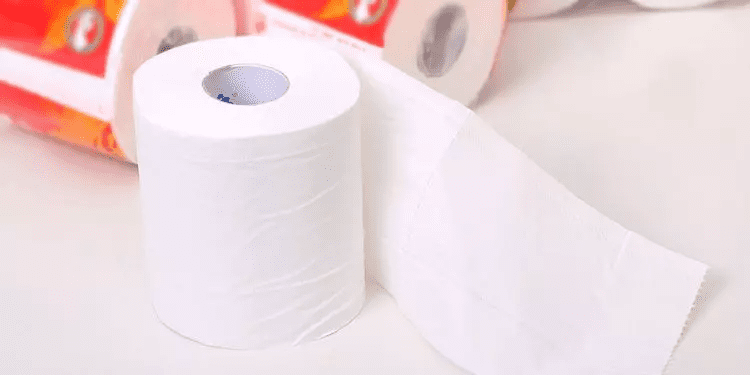
Impact on Toilet Paper Roll Manufacturing
Toilet paper manufacturers need to consider consumer preference for loose or tight toilet paper rolls when making production decisions. This preference affects the market demand and the industry competition. Manufacturers can use different strategies to cater to the diverse market preferences and to gain a competitive edge. Some of these strategies are:
– Product customization and personalization: Manufacturers can let consumers choose their preferred type of toilet paper roll, such as size, ply count, texture, fragrance, color, pattern, etc. This can increase customer satisfaction and loyalty.
– Product innovation and differentiation: Manufacturers can add new features or benefits to their toilet paper rolls, such as flushability, biodegradability, moisturization, antibacterial, etc. This can create a unique selling proposition and a competitive advantage.
– Product quality and consistency: Manufacturers can ensure that their toilet paper rolls meet high standards of quality and performance, such as softness, strength, absorbency, durability, etc. This can build a strong brand reputation and trust.
– Product pricing and positioning: Manufacturers can set different prices for their toilet paper rolls based on the value proposition and the target market segment. For example, they can charge more for loose toilet paper rolls in high-income countries or less for tight toilet paper rolls in low-income countries. This can optimize the profit margin and the market share.
– Product marketing and packaging: Manufacturers can use effective marketing and packaging strategies to influence consumer perception and choice of their toilet paper rolls. For example, they can use catchy slogans, attractive designs, informative labels, or eco-friendly materials to appeal to different consumer segments. This can increase the brand awareness and the sales volume.
Future Trends and Predictions
Various factors may change the market demand and consumer preference for loose or tight toilet paper rolls in the future. These factors include technological advancements, social changes, environmental issues, etc. Some of the possible trends and predictions for the future are:
– Technological advancements: New technologies may enable manufacturers to produce more innovative and efficient toilet paper rolls. For example, they may use smart sensors, artificial intelligence, or blockchain to monitor and optimize the production process, quality control, inventory management, or supply chain management. They may also use biotechnology, nanotechnology, or 3D printing to create more eco-friendly and customized toilet paper rolls.
– Social changes: Changes in consumer behavior, attitude, or lifestyle may affect the preference for loose or tight toilet paper rolls. For example, consumers may become more health-conscious, hygiene-conscious, or comfort-conscious and demand more premium or specialized toilet paper rolls. They may also become more environmentally-conscious,socially-conscious, or ethically-conscious and demand more sustainable or responsible toilet paper rolls.
– Environmental issues: Issues of climate change, deforestation, water scarcity, or waste management may affect the preference for loose or tight toilet paper rolls. For example, consumers may prefer loose toilet paper rolls that are more biodegradable and compostable or tight toilet paper rolls that are more resource-efficient and waste-reducing. They may also prefer toilet paper rolls that are made from alternative sources of fiber,such as bamboo,hemp ,or recycled paper.
These trends and predictions may have significant implications for toilet paper manufacturers,distributors,and retailers.They may need to adapt to the changing market dynamics and consumer preferences and adopt new strategies to survive and thrive in the future.
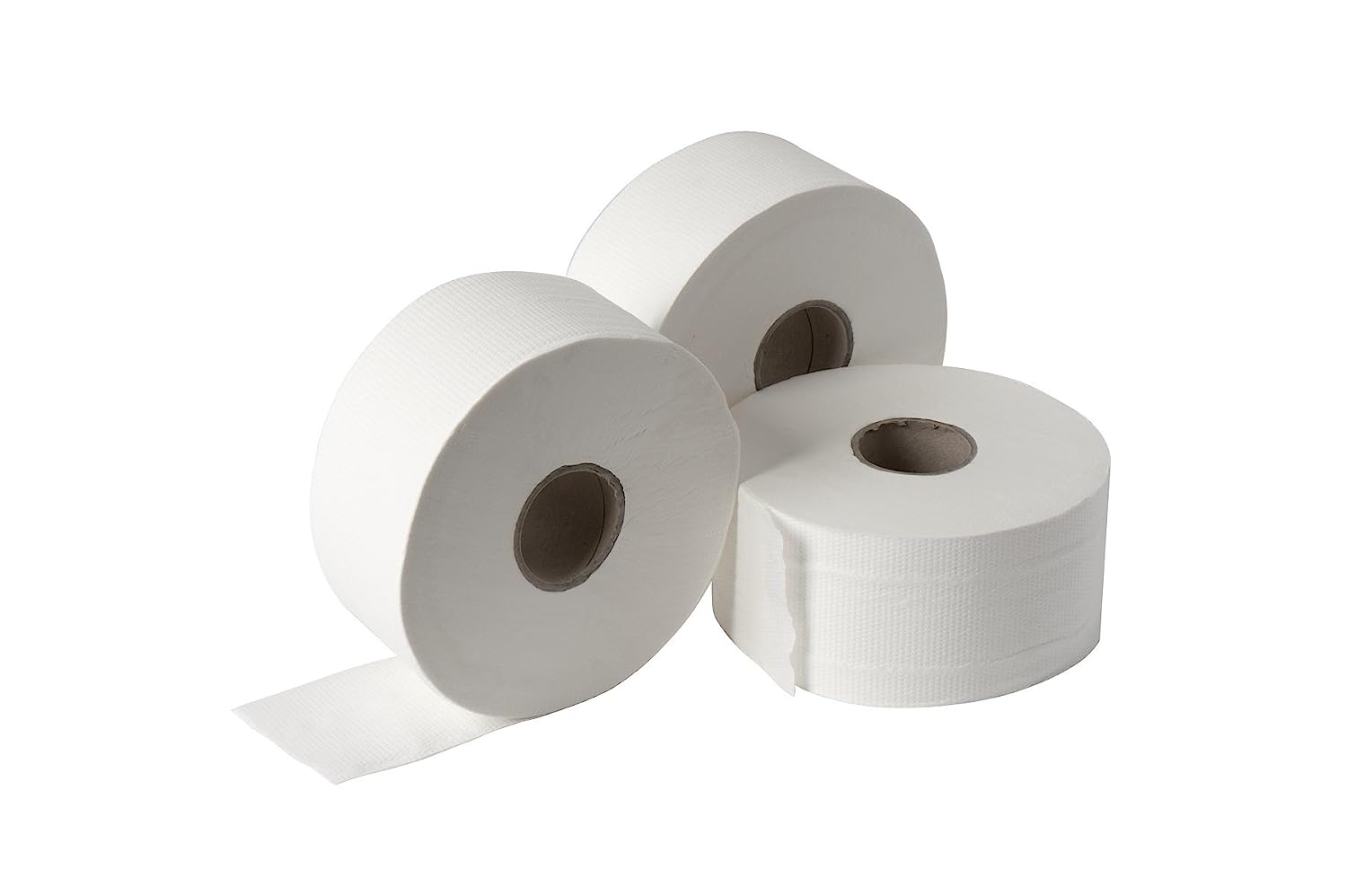
Conclusion
We have explored how consumers prefer loose or tight toilet paper rolls in different states and countries. We have also analyzed the factors that influence consumer preference and the impact on toilet paper manufacturing. Finally, we have discussed some possible future trends and predictions for the industry.
We have found that consumer preference depends on various factors, such as culture, climate, economy, lifestyle, etc. There is no definitive answer to which type of toilet paper roll is better or more popular. Therefore, toilet paper manufacturers need to understand and meet the diverse needs and wants of different consumer segments.
Toilet paper is an essential item in our daily lives. It is not only a hygiene product, but also a comfort, convenience, and quality product. Therefore, we as consumers need to choose the type of toilet paper roll that suits our preferences and expectations.

